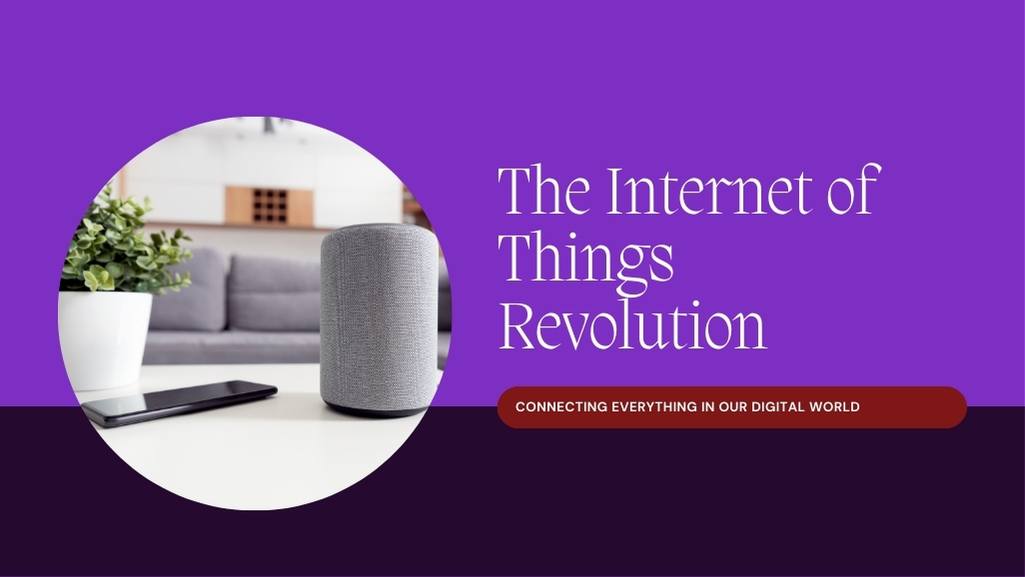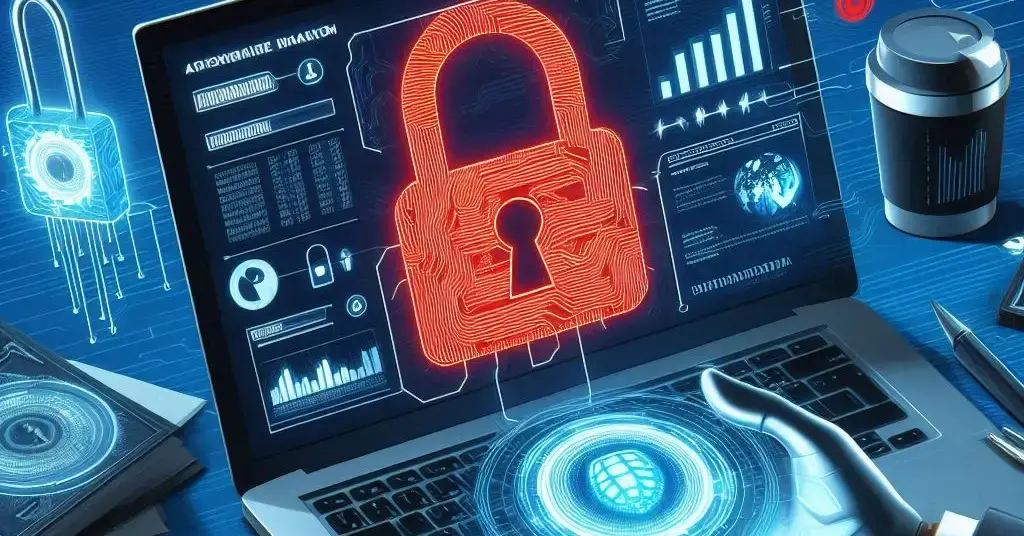
The Internet of Things (IoT) is a transformative concept that has significantly reshaped the way we interact with the world around us. This vast network of interconnected devices, sensors, and systems has permeated various aspects of our daily lives, from smart homes and wearable technology to industrial automation and smart cities. The IoT ecosystem is characterized by its ability to collect, analyze, and act upon data, leading to enhanced efficiency, convenience, and innovation across multiple sectors.
Table of Contents
Historical Context and Evolution
The concept of IoT can be traced back to the early 1980s when researchers at Carnegie Mellon University modified a Coca-Cola vending machine to report its inventory and the temperature of the drinks via the internet. However, the term “Internet of Things” was coined by Kevin Ashton in 1999 during his work at Procter & Gamble. Ashton envisioned a system where everyday objects could communicate and share data, thereby revolutionizing supply chain management and beyond.
Since then, advancements in wireless communication, sensor technology, and cloud computing have propelled the IoT from a theoretical concept to a tangible reality. The proliferation of smartphones and the advent of 5G technology have further accelerated IoT adoption, enabling faster data transmission and more reliable connectivity.
Components of IoT
The IoT ecosystem comprises several key components that work in tandem to create a seamless network of connected devices:
- Devices and Sensors: These are the physical objects that collect data from the environment. They range from simple temperature sensors to complex machinery equipped with multiple sensors. Devices can be anything from household appliances and wearable fitness trackers to industrial equipment and autonomous vehicles.
- Connectivity: IoT devices require reliable communication channels to transmit data. This can be achieved through various wireless technologies, including Wi-Fi, Bluetooth, Zigbee, LoRaWAN, and cellular networks like 4G and 5G.
- Data Processing and Analytics: The data collected by IoT devices is often vast and needs to be processed to extract meaningful insights. This is where edge computing and cloud computing come into play. Edge computing allows data to be processed closer to the source, reducing latency and bandwidth usage. Cloud computing, on the other hand, provides scalable storage and computational power for more complex analytics.
- User Interface: The data and insights generated by IoT devices need to be presented in a user-friendly manner. This is achieved through various interfaces, such as mobile apps, web dashboards, and voice assistants, allowing users to monitor and control their IoT devices.
- Security and Privacy: With the increasing number of connected devices, ensuring the security and privacy of data is paramount. IoT security involves measures such as encryption, authentication, and regular software updates to protect against cyber threats.
Applications of IoT
The versatility of IoT has led to its adoption across a wide range of industries, each leveraging the technology to address specific challenges and opportunities:
- Smart Homes: IoT has revolutionized home automation, allowing homeowners to control lighting, heating, security systems, and appliances remotely. Smart thermostats, for example, can learn a user’s preferences and adjust the temperature accordingly, leading to energy savings and increased comfort.
- Healthcare: IoT has significant implications for healthcare, enabling remote patient monitoring, telemedicine, and personalized treatment plans. Wearable devices can track vital signs, such as heart rate and blood pressure, and alert healthcare providers in case of anomalies. This leads to proactive healthcare and improved patient outcomes.
- Industrial IoT (IIoT): In the manufacturing sector, IIoT is driving the concept of Industry 4.0, characterized by smart factories and automated processes. Sensors on machinery can monitor performance, predict maintenance needs, and reduce downtime, leading to increased efficiency and cost savings.
- Smart Cities: IoT is playing a crucial role in the development of smart cities, where interconnected systems manage traffic, waste, energy, and public services. For example, smart traffic lights can adjust their timing based on real-time traffic conditions, reducing congestion and improving air quality.
- Agriculture: IoT is transforming agriculture through precision farming techniques. Sensors can monitor soil moisture, temperature, and nutrient levels, allowing farmers to optimize irrigation and fertilization. Drones equipped with cameras and sensors can survey crops and identify areas that need attention, leading to higher yields and reduced resource usage.
- Retail: IoT is enhancing the retail experience by enabling inventory management, personalized marketing, and seamless checkout processes. Smart shelves can track product availability and alert staff when restocking is needed. Beacons can send personalized offers to customers’ smartphones based on their location within the store.
Challenges and Considerations
While the benefits of IoT are undeniable, the technology also presents several challenges that need to be addressed:
- Interoperability: With a multitude of devices and communication protocols, ensuring seamless interoperability between different IoT systems is a significant challenge. Standardization efforts are underway, but achieving universal compatibility remains a work in progress.
- Data Security and Privacy: The vast amount of data generated by IoT devices presents a lucrative target for cybercriminals. Ensuring the security and privacy of this data requires robust encryption, secure authentication mechanisms, and regular software updates. Additionally, users must be informed about how their data is being collected, used, and shared.
- Scalability: As the number of connected devices continues to grow, managing and scaling IoT networks becomes increasingly complex. Cloud computing and edge computing solutions can help address scalability challenges, but careful planning and infrastructure investment are essential.
- Regulatory Compliance: Different regions have varying regulations regarding data privacy and IoT deployment. Navigating these regulatory landscapes requires a thorough understanding of local laws and compliance requirements.
- Energy Consumption: Many IoT devices rely on batteries, which can limit their lifespan and functionality. Developing energy-efficient devices and exploring alternative power sources, such as energy harvesting, are critical for sustainable IoT deployment.
The Future of IoT
The future of IoT holds immense potential, with several emerging trends poised to shape its trajectory:
- Artificial Intelligence (AI) Integration: The combination of IoT and AI will enable more sophisticated data analysis and decision-making. AI algorithms can process vast amounts of data from IoT devices, identifying patterns and making predictions that drive automation and optimization.
- 5G Connectivity: The rollout of 5G networks will provide faster and more reliable connectivity, supporting the proliferation of IoT devices and enabling real-time data transmission. This will be particularly beneficial for applications requiring low latency, such as autonomous vehicles and remote surgery.
- Edge Computing: As the volume of IoT data continues to grow, edge computing will become increasingly important. By processing data closer to the source, edge computing reduces latency and bandwidth usage, enabling real-time decision-making and enhancing overall system performance.
- Blockchain Technology: Blockchain can enhance IoT security and transparency by providing a decentralized and tamper-proof ledger for data transactions. This is particularly relevant for supply chain management, where blockchain can track the provenance and authenticity of goods.
- Environmental Sustainability: IoT can play a crucial role in addressing environmental challenges by enabling more efficient resource management and reducing waste. Smart grids, for example, can optimize energy distribution and reduce carbon emissions, while IoT-enabled agriculture can minimize water and fertilizer usage.
Conclusion
The Internet of Things is a transformative force that is reshaping industries, enhancing everyday life, and driving innovation. As IoT technology continues to evolve, it will unlock new possibilities and address some of the world’s most pressing challenges. However, realizing the full potential of IoT requires addressing key challenges related to interoperability, security, scalability, and regulatory compliance. By navigating these challenges and embracing emerging trends, we can harness the power of IoT to create a more connected, efficient, and sustainable future.




